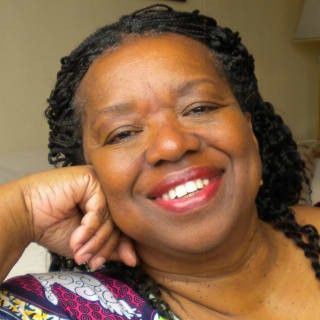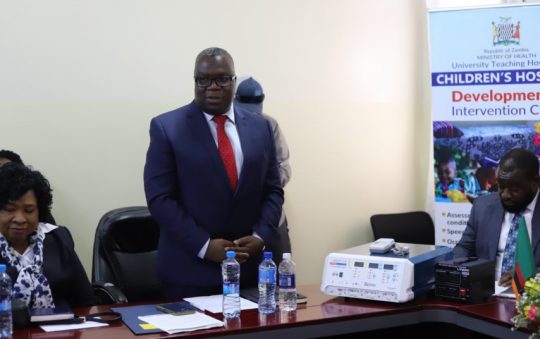
While government leaders, media and climate justice activists converged in Paris to advance the fight against global warming and, as President Barack Obama said, “save the one planet we have,” extreme weather patterns were already creating havoc across the African continent.
A rare weather pattern that brought 60 degree days to the East Coast of the U.S. in December has been linked to a brutal drought in southern Africa.
An exceptionally large pool of warm water in the Pacific has bottled up cold winter air in the Artic.
This unusual El Nino weather phenomenon has left a trail of bone dry farmlands across the continent where the rains usually start in October of November but have yet to materialize.
In Ethiopia, a drought has put 10 million people or a tenth of the population is a dire food emergency. In Malawi, the maize crop that 80 percent of subsistence farmers are normally growing has been devastated by a combination of floods and insufficient rains.
To the north in Guinea Bissau, rising sea water has destroyed most of the rice crops of a small community of 435 inhabitants on the north coast.
The climate agreement among 200 nations reached Saturday at the conference known as COP21, was received with cheers inside the high-level meeting rooms. But outside, disappointment and frustration was palpable.
Nigerian environmentalist Nnimmo Bassey was one of thousands holding a mile-long red banner to symbolize the red line the negotiators should not cross … “We’re standing on the red line because policymakers and delegates debating at the conference of parties on climate change have ignored the crisis people are actually confronted with. They have failed to realize that every day’s delay means sentencing millions of people to death.
“Now they have crossed the line, the red line by not setting real targets for emission reduction.”
Writer Roberto Lovato, covering the conference for Colorlines, talked to Ruth Nyambura, a Kenya-based political ecologist with the African Biodiversity Network who added a gender perspective to the debate. “I’m a feminist and my readings of the color line and climate change are also informed by feminists of color like Audre Lorde, who said, ‘There is no such thing as a single-issue struggle, because we do not live single-issue lives.’”
Lovato wrote: …”Many people of color attending COP 21 recognized how mostly non-White countries in the Global South that have the lowest carbon footprints are suffering the droughts, floods, rising sea levels, health disparities and destroyed ecosystems brought on by emissions from 90 companies that are mostly owned by Northern countries.
“By sharing their stories and analyses, people of color at the COP21 amplified what many described as the issue of our time: a 21st century color line drawn by climate change.”
A blogpost labeled “We’re not done yet” was penned by the executive director of Greenpeace International, Kumi Naidoo of South Africa.
“The wheel of climate action turns slowly, but in Paris it has turned. There’s much in this deal that frustrates and disappoints me, but it still puts the fossil fuel industry squarely on the wrong side of history.
He agreed with the view that not enough was in the deal for the nations and people on the frontlines of climate change. Nations which caused this problem have promised too little to help the people on the frontlines of this crisis who are already losing their lives and livelihoods for problems they did not create.”
He then added optimistically: “Together we are challenging the fossil fuel oligarchy, we are ushering in the era of solutions, and we are moving the political benchmark of what is possible.”
The deal now needs to be ratified by individual governments — at least 55 countries representing at least 55 percent of global emissions — before taking effect.






